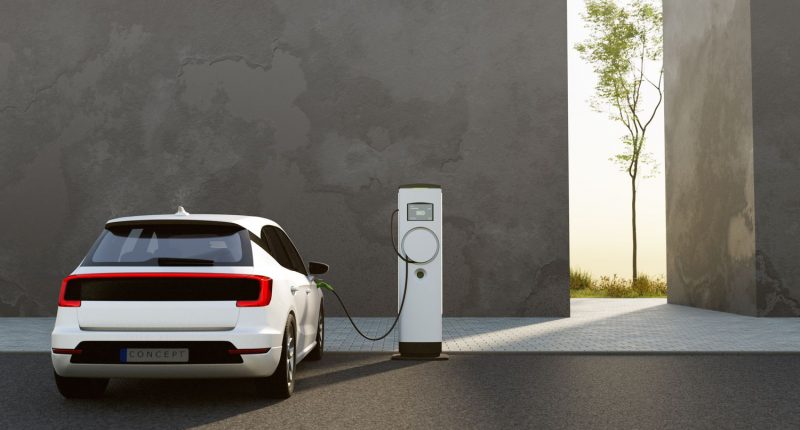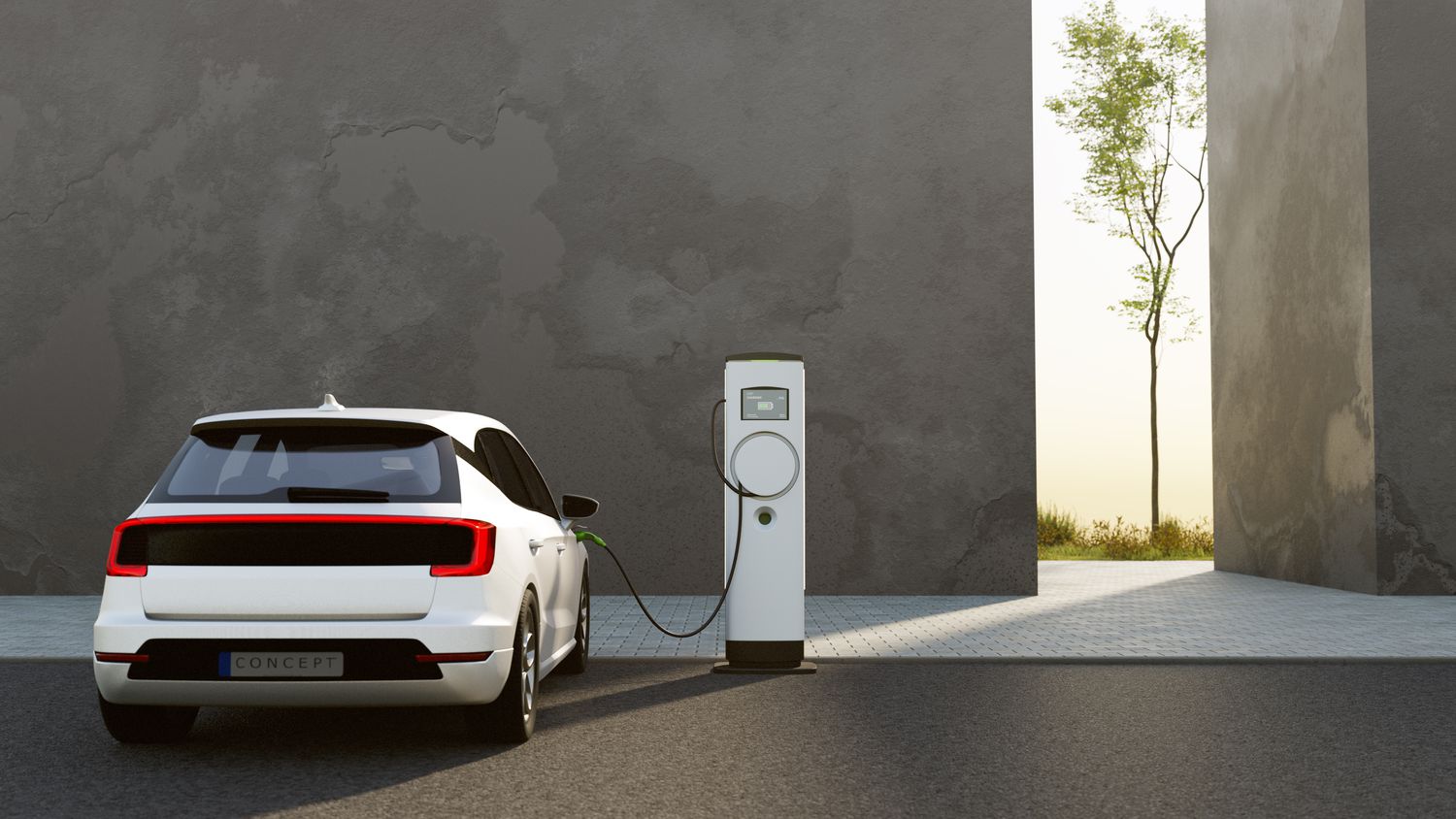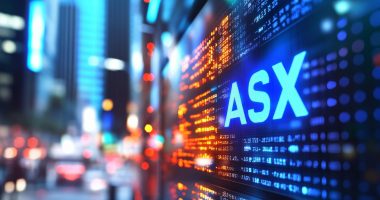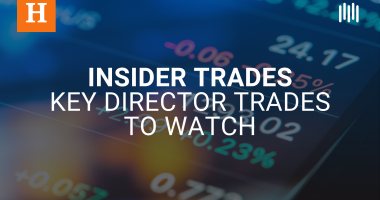Does Australia’s push into Southeast Asia (SEA) – heralded last week by Prime Minister Anthony Albanese – mean the region is liable to supplant China as our favoured economic partner?
Last Monday, Albanese announced a $2 billion fund to boost projects benefitting Australian trade and investment in SEA, particularly those connected to the region’s embrace of clean energy, in addition to infrastructure investment.
A new SEA Investment Financing Facility (SEAIFF) will be managed by Export Finance Australia to provide loans, guarantees, equity and insurance for favoured projects.
But that facility also represents a larger macroeconomic story. It’s a direct result of long-held expectations and strategising on how Australia might harness the potential of a region set to collectively comprise the world’s fourth-largest economy by 2040.
The SEAIFF fund was unveiled during the Prime Minister’s meeting in Melbourne with eleven leaders from the region last week, each representing the ten member states of ASEAN (Association of Southeast Asian Nations) together with intended-member state Timor-Leste.
They had been meeting as part of an ASEAN-Australia Special Summit celebrating 50 years of Australia’s partnership with the body.
Mr Albanese had pre-empted the tilt towards SEA by declaring last week that the region was ‘Australia’s economic future’.
But what about China?
The relationship between Southeast Asian countries and China – currently Australia’s largest two-way trading partner – was a topic haunting the ASEAN summit last week, as Philippines President Ferdinand Marcos Jr said his country would not give up ‘a square inch’ of its territory in the South China Sea.
But there are clear divides among ASEAN constituents when it comes to the Red Dragon.
Indonesia’s President Widodo instead slated Western countries for their ‘China-phobia’. A series of Chinese-backed nickel developments in Indonesia have recently allowed the country to become the world’s largest producer of the metal.
But while Albanese points to SEA as Australia’s future, the Australian government has been steadily strengthening its relationship with Beijing at the same time.
This was most clearly reflected in Mr Albanese’s visit to China last November during which he affirmed support for the China’s growth and global engagement, with President Xi Jinping himself stating the two nations were on the ‘right path of improvement’, after turbulence through COVID.
Chinese Premier Li Qiang, meanwhile, called Albanese a “handsome boy.”
Such political engagements are believed to have cleared the way for China to reverse its block on Australian exports which began in 2020 after former PM Scott Morrison repeated tenuous claims COVID escaped from a Wuhan laboratory. Only in recent months have tensions begun to ease.
Meanwhile, diplomatic visits will be two-way. China’s foreign minister Wang Yi is set to visit Australia in late March, ahead of Premier Li Qiang’s visit later on this year.
Nevertheless, despite what appears to be an enthusiastic desire to collaborate with China coming from Canberra – a country with no shortage of Foreign Direct Investment (FDI) in Australia – Saxo Asia Pacific Senior Sales Trader Junvum Kim said the SEA story was one to watch, particularly in terms of potential upside for Australian miners.
“Indonesia plans to become a major player in the Electric Vehicle supply chain space, aiming to join the world’s top three EV battery producers by 2027 and reach 2.5 million EV users by 2025,” he said.
“Indonesia has the world’s biggest nickel reserves but little lithium – this opens the door for Australian lithium miners such as Pilbara Minerals, Mineral Resources and IGO, which have recently struggled with weak lithium prices.”
Kim pointed to Western Australia’s well-established lithium reserves – suggesting the West would continue to be the nation’s economic powerhouse regardless of who our major trading partner(s) could become.
“Australia supplies half of the world’s total lithium, most of which goes to China. However, there are now some opportunities to export lithium to Indonesia, as Chinese EV maker BYD plans on building a production facility in Indonesia later this year.”
Getting on board SEA’s green future
In a broad sense, SEA is already an exciting region to watch in the future, based not only on projections for its combined economies but also its consumer base.
Indonesia alone – one of the most populated countries on earth and the largest member of ASEAN by population – is set to provide the world’s fourth largest consumer market by the end of the decade.
Indonesian President Joko Widodo, who denounced China-phobia, has before stated a desire to access Australian lithium and connect it with his country’s nickel market to build such a supply chain.
However, whether Indonesia’s move into green energy – as both a global nickel producer and emerging key consumer of batteries and electrical vehicles – truly offers upside for Australia remains to be seen.
Indonesia’s definitely motivated to be seen, at least, as a desirable location for sustainable investment. The country has even introduced a carbon tax trading scheme in recent history while being very likely to remain reliant on coal into the 2040s, per S&P Global.
But many Australian nickel miners still see Indonesia as an unwelcome market disruptor, and a lot of them are banking on a belief global consumers will come to prefer Australian nickel due to an ESG premium. Environmental regulation in Australia remains far more restrictive than that in Indonesia.
Then you’ve got a near-term political consideration as far as Indonesia is concerned.
Indonesia’s recent elections, for which March 20 is the date we get an official result, are also widely perceived to have guaranteed strongman competitor Prabowo Subianto will win. What Subianto’s stance will be on Australia’s struggling lithium sector isn’t yet clear.
Indonesia’s investment in green energy is definitely something the country is enthusiastic to set up for its own benefit – LG and Hyundai are set to begin operating near Jakarta later this year.
Vietnam, meanwhile, is following suit through development of the Vinfast battery factory in Ha Tinh province, a joint venture between EV automotive company Vinfast and Chinese battery manufacturer Gotion High-Tech, with production also set to begin this year.
Additionally, Mercedes Benz has been producing plug-in hybrid batteries in Thailand since 2019.
Australia finds itself at an interesting crossroads – but if we truly can navigate the tangled geopolitical terrain in years ahead between each SEA country, and their respective relationships with China (as well as our own,) it’s not hard to see why Canberra are $2-billion-dollars-serious about the opportunity.









